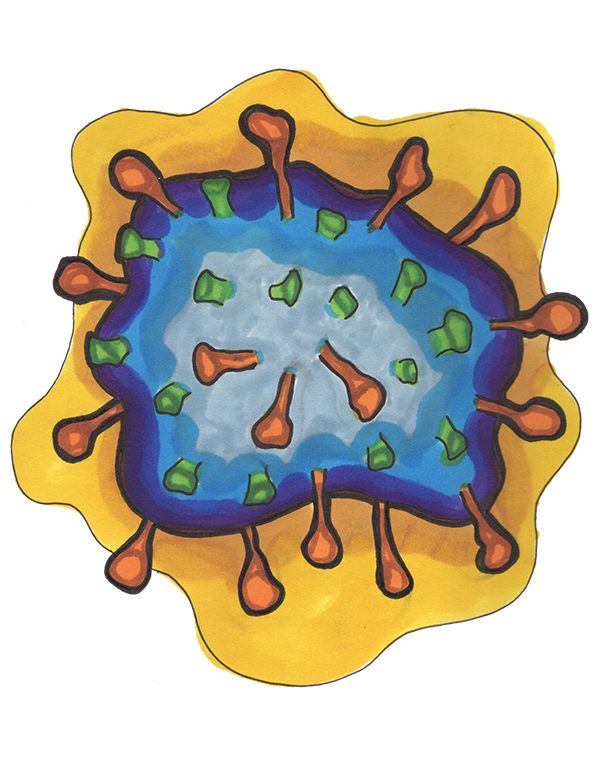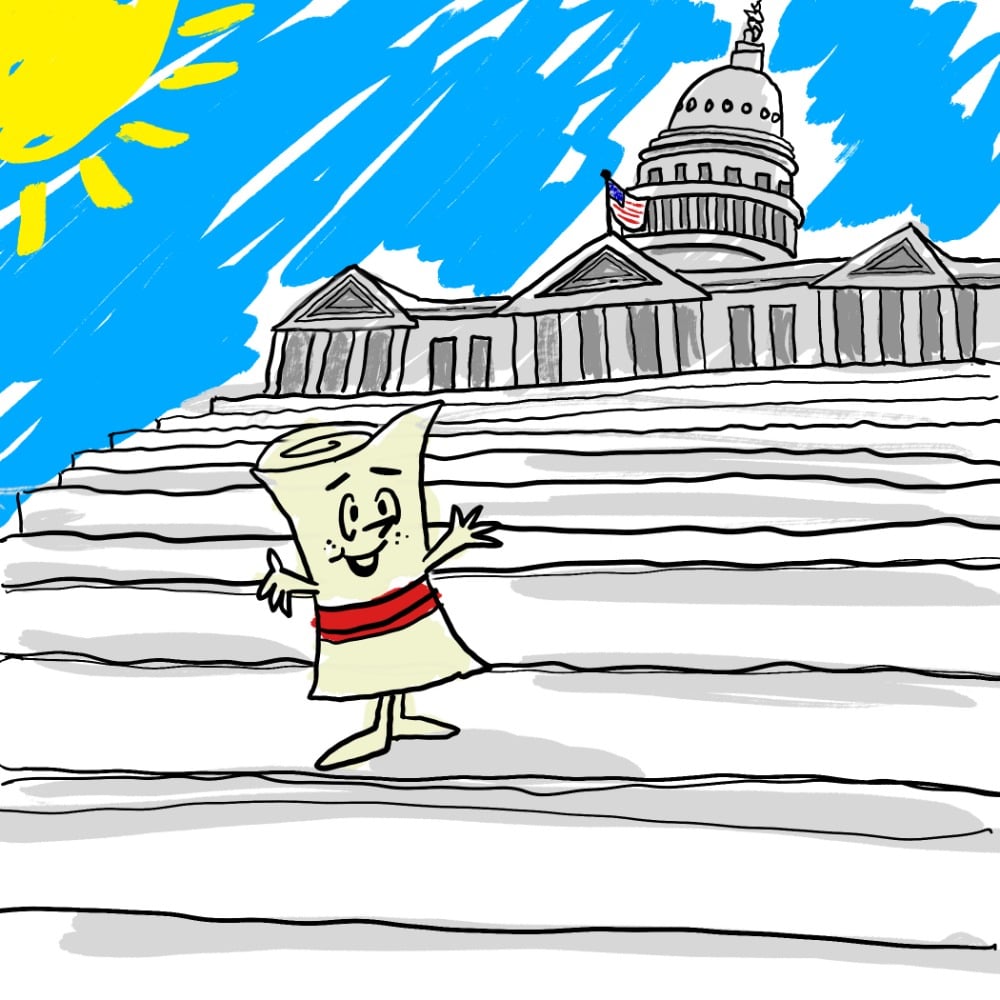University Health Services diagnosed a UT student with mumps on March 2, after a visit to the clinic in late February, according to Terrance Hines, executive director and chief medical officer of University Health Services.
UHS followed their standard protocol to deal with the case. This included alerting students who shared classes with the patient and others who were in close proximity, said Hines.
“Mumps isn’t an uncommon illness in this population at this time of the year, and University Health Services hasn’t advised UT students, in general, to take any extra precautions against mumps at this time,” Hines said in the statement.
In an interview with the Austin American-Statesman, Hines said this is the second case of mumps this year at UT. According to the Centers for Disease Control and Prevention, between Jan. 1 and Jan. 25, there were 70 cases of mumps reported to the CDC nationwide.
“Whenever we suspect mumps at the clinic, we advise the patient to stay isolated during the time it takes to get the tests back, which is five days of isolation,” Hines said in an interview with the Statesman.
Mumps is a disease caused by a virus which spreads through direct contact with saliva, such as sharing cups, kissing or talking, according to the CDC website. Symptoms typically appear 16-18 days after infection, according to the website, and the disease can last for two weeks.
Mumps are typically identified through swollen and puffy cheeks, according to the website, and some may have mild symptoms or no symptoms at all after contracting the disease. In adults, mumps can cause complications, including the inflammation of the pancreas, brain, ovaries, testicles or tissue covering brain and spinal cord, as well as deafness.




















